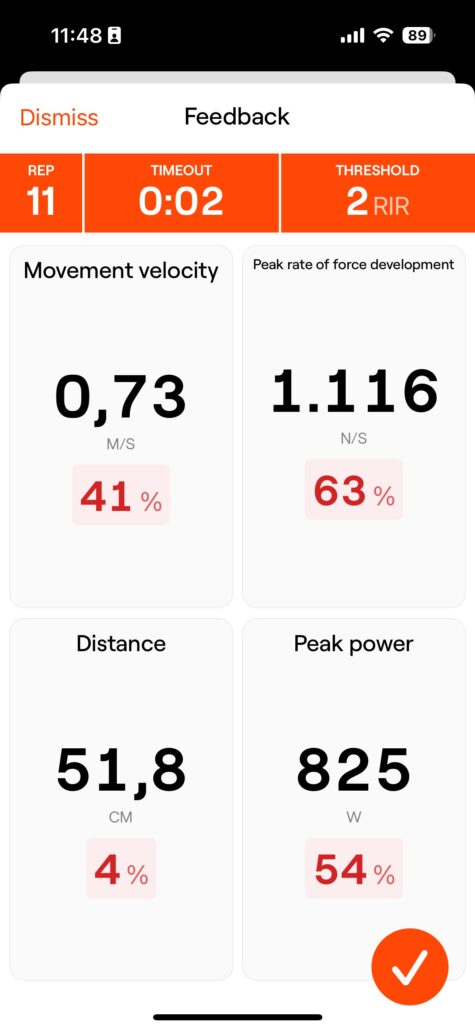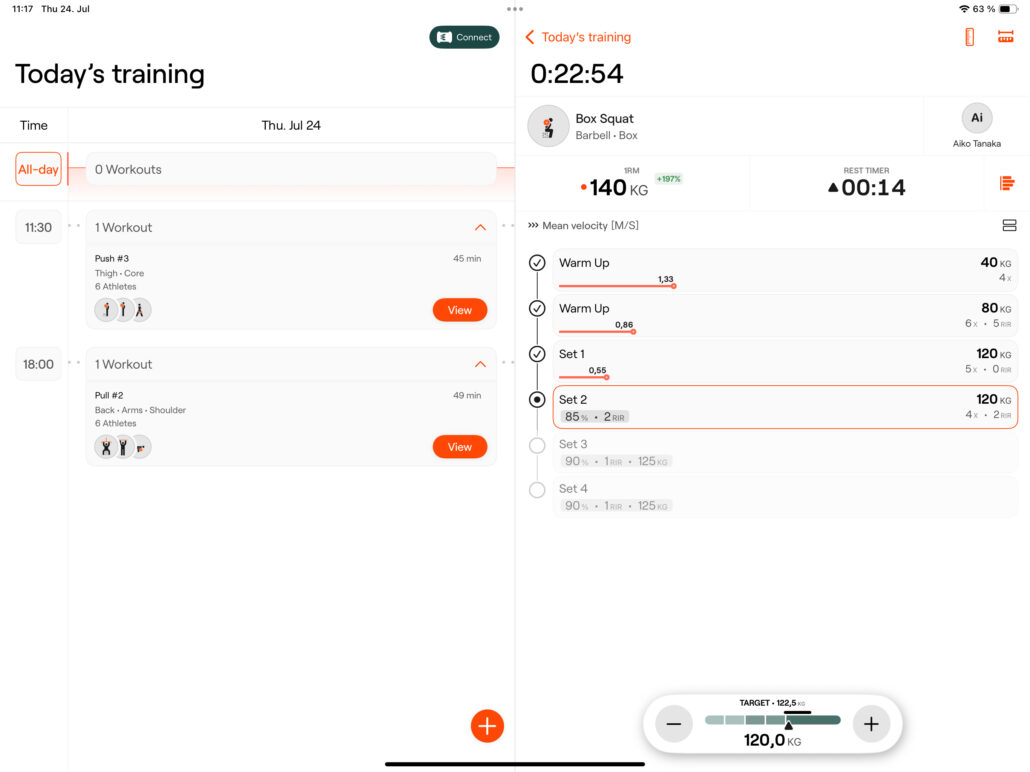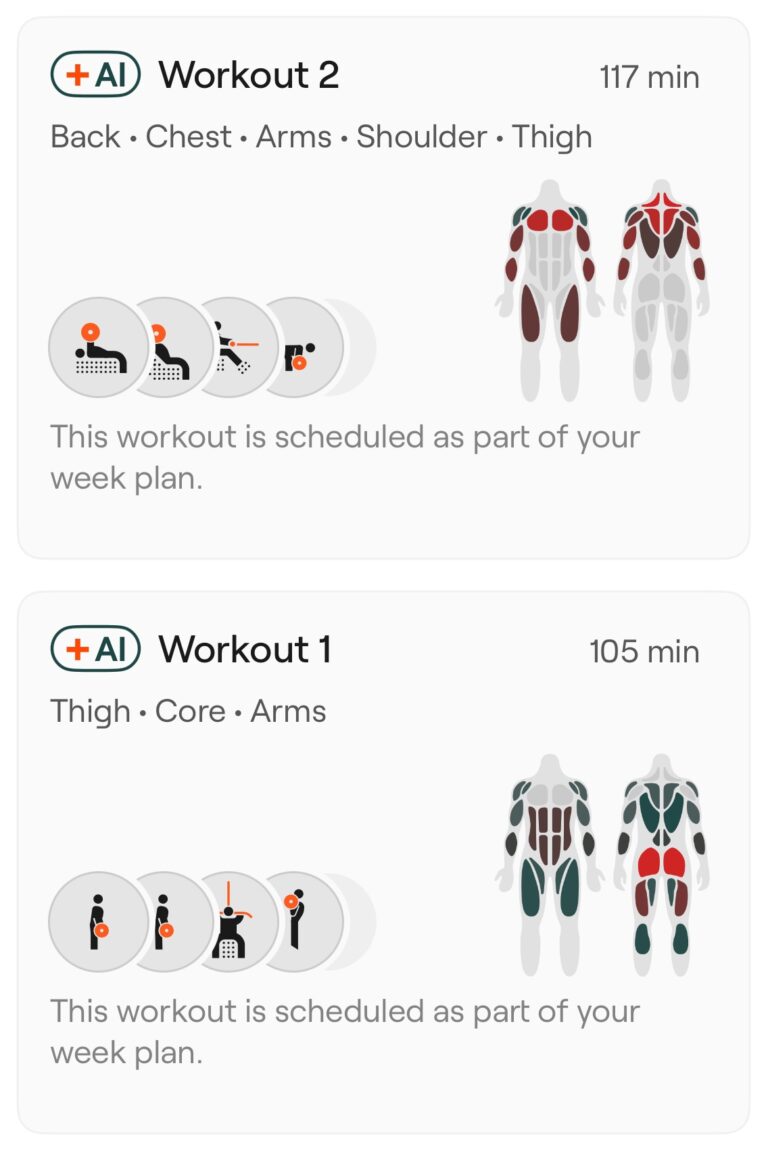Optimize your strength training. Smarter. More effective.


For Athletes
- Understand your training better, track your progress objectively and reach your fitness goals faster.


For Coaches
- Maximize the performance of your athletes with precise data, automatic training planning and efficient athlete management.
Trusted by top teams and over 65.000 athletes around the world since 2016.


Enode Sensor
Your versatile training partner for tracking barbell, dumbbell, machine and body movements and everything in between.
329,00 €
Enode Eleiko Bar Sensor Kit
Worlds first sensor inside the record breaking barbells from from our friends at Eleiko.
829,00 €
Discover the possibilities of Enode.





